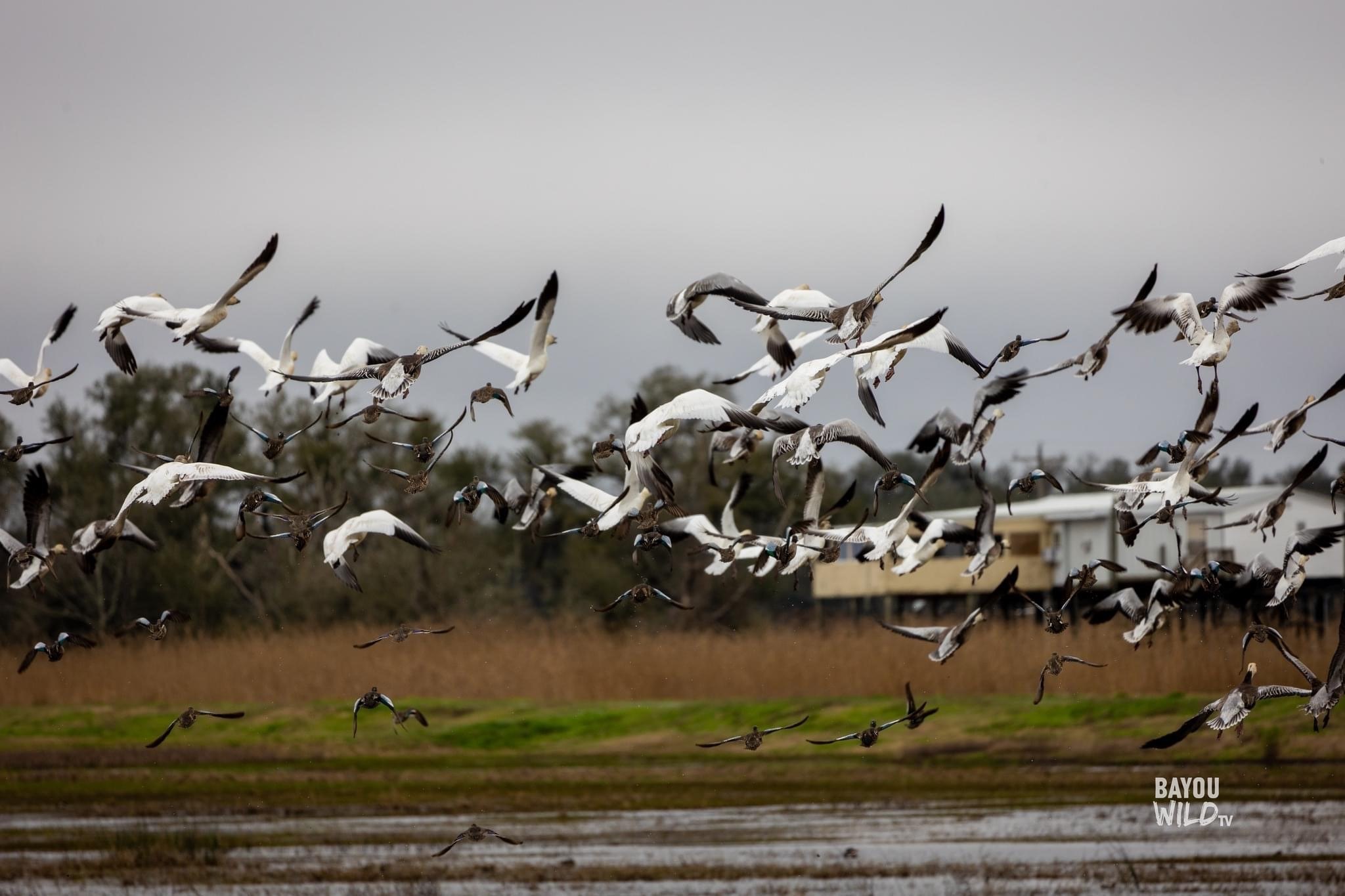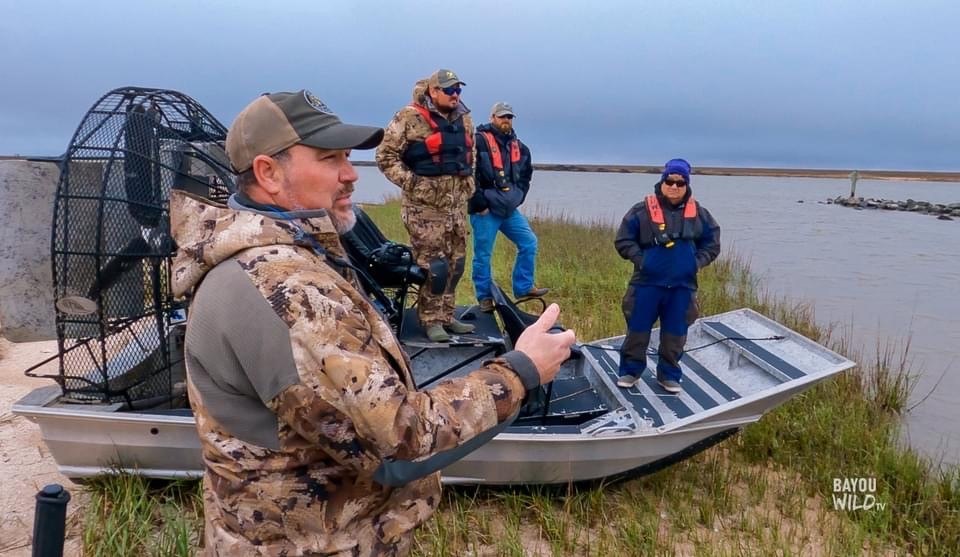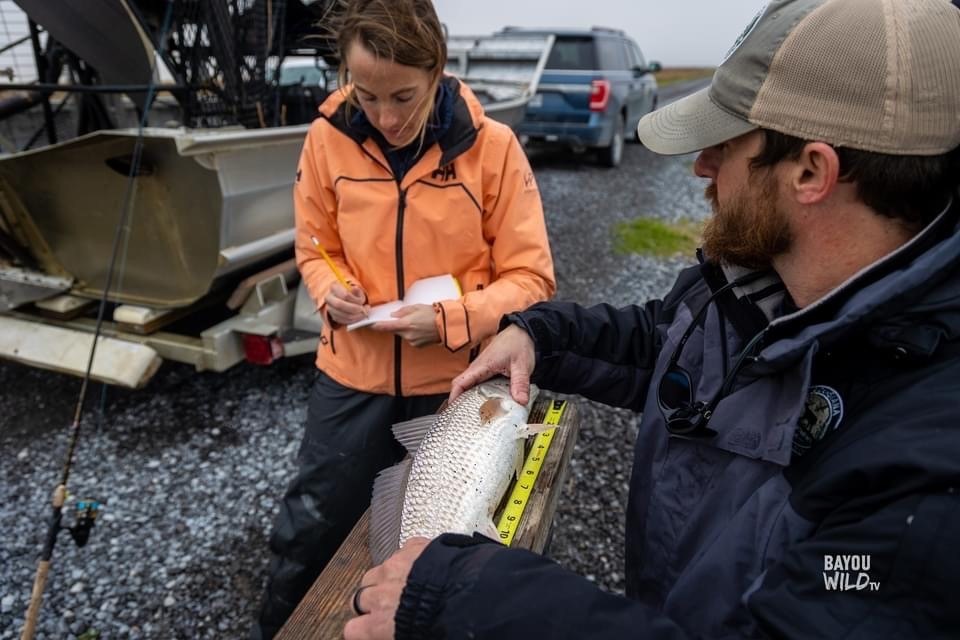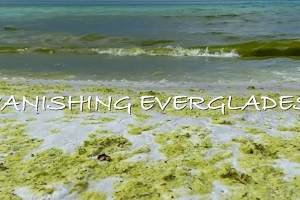Birds of a Feather Rockefeller Together
Teal and geese take flight at Rockefeller Wildlife Refuge in southwest Louisiana.
By Matthew Waguespack
Sportsmen Outreach Coordinator
After hearing some reports of waterfowl so thick they blocked the sun when taking flight, I knew I had to see Rockefeller Wildlife Refuge for myself. So I headed to Grand Chenier, Louisiana to meet up with the Bayou Wild TV crew to film a new episode and check out the refuge and learn about their latest efforts.
Upon arrival, my attention was drawn to a flock of about 20 snow geese dropping in altitude and searching for a spot to land. As I continued driving down the rock road, my view was obstructed by a series of large storage sheds causing me to lose sight of the geese. I was left wondering what those geese were doing and if I would catch sight of them again. This avian anxiety was cured when I turned the corner and saw them trying to land just a few yards away from the research lab. As I slowly drove by, I began seeing other waterfowl species mixed in with the snow geese. Vast numbers of male shovelers and pintails were easily visible due to their white plumage, and, when seen in conjunction with the geese, bore a resemblance to snowflakes scattered across the marshland.

Teal and geese take flight at Rockefeller Wildlife Refuge in southwest Louisiana.
After parking near the research lab, I was invited inside, by Phillip “Scooter” Trosclair, the Rockefeller Program Manager. After a warm cup of coffee and an even warmer welcome from the LDWF staff, I knew I had stumbled on something very special, and as soon as our friends from Bayou Wild TV arrived, we headed out.
An approaching cold front created questionable weather conditions for filming, but, like clockwork, as soon as we geared up the skies cleared and provided us with a small window of opportunity to venture out into the vast Chenier Plain. We began at the refuge’s Gulf Shoreline Stabilization Project and launched from Price Lake Road, the well-known fishing Mecca in southwest Louisiana. Rockefeller’s shoreline stabilization and protection projects are key components to fighting coastal erosion in the Chenier Plain. The large rock terraces provide wave breaks from approaching storm surges.
While traversing the marsh, we observed thousands of wintering waterfowl including large numbers of teal and various species of puddle ducks. Rockefeller is considered a “safe haven” for pressured waterfowl because there is great habitat combined with a strict no hunting policy. Researchers use this to their advantage to capture large numbers of ducks at a single time with the use of a rocket net. After the ducks are captured, the researchers examine them and attach leg bands which contain reporting information. With new scientific advances and innovative technology, current research and funding have allowed for Rockefeller Wildlife Refuge to implement GPS tracking technology into their migratory waterfowl study. New data from this GPS-style tracking system has sparked the interest of many waterfowlers worldwide. Last year, two female pintails were fitted with transmitter tags at Rockefeller and were tracked all the way back to their nesting grounds in eastern Russia!

Rockefeller Wildlife Refuge's Phillip "Scooter" Trosclair explains how the refuge's shoreline stabilization and protection projects are critical to fight coastal erosion on the Chenier Plain.
We returned to our vehicles to defrost for a bit, and then I got to witness something most anglers dream about but few experience. I saw the unmistakable ripple and flutter of a forage fish being chased by a predator. Scooter saw it, too, and, as we anticipated a redfish feeding frenzy, he made a phone call to Gabrielle Fignar. Gabby is a Graduate Research assistant at LSU, and she soon arrived with fish tagging equipment. After safely catching and netting a redfish, we worked quickly to hand it to LDWF staff member, Lance Ardoin, who measured and prepped it for tagging. Once Gabby recorded the fish’s length and tag number she would then insert the tag into the dorsal area. She explained the tags we were issuing that day were just your normal gamefish tags, similar to ones used by CCA and TAG Louisiana programs. She also explained the majority of her research revolves around tagging gamefish with a special acoustic telemetry tag which tracks its movement around the refuge.
Most sportsmen are familiar with the conventional tagging process which relies solely on the recapturing of tagged fish. Standard tags are useful, but still only provides two sets of data points: length/location/date of tagging and length/location/date of recapture. Unlike conventional tags, telemetry tags provide marine biologists with real-time data without the fish ever being caught by another angler.
“We are learning so much more about our native fish species, like flounder, through the use of our telemetry tags. The flounders that have been tagged seem to stay in the same vicinity, or within a few hundred yards, of where they were tagged, but all that changes during Fall. Once that first cool front hits our marsh, a mass flounder migration to the Gulf ensues,” said an excited Gabby.

Researchers Gabrielle Fignar and Lance Ardoin tag and measure a redfish at Rockefeller Wildlife Refuge.
Rockefeller is an internationally renowned wildlife refuge due to its pioneering wildlife, fisheries and wetlands research, and I am grateful I got a front row seat to the action with the Bayou Wild team. The information the refuge staff collects allows for better species and habitat management.
Our latest episode with Bayou Wild TV takes you along for the ride at Rockefeller:
